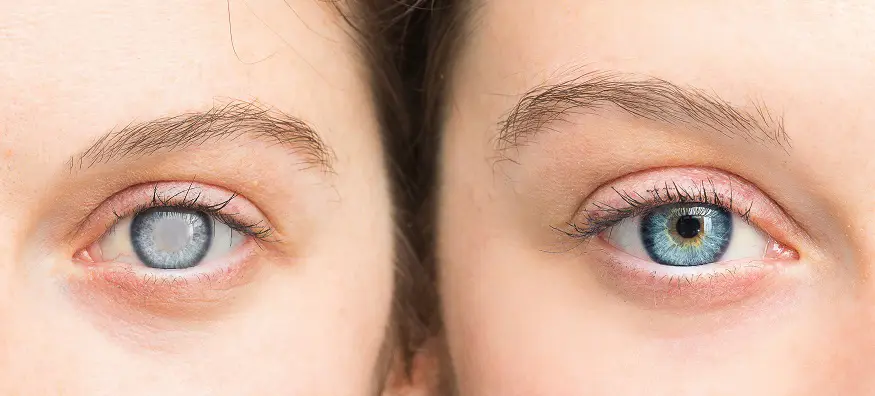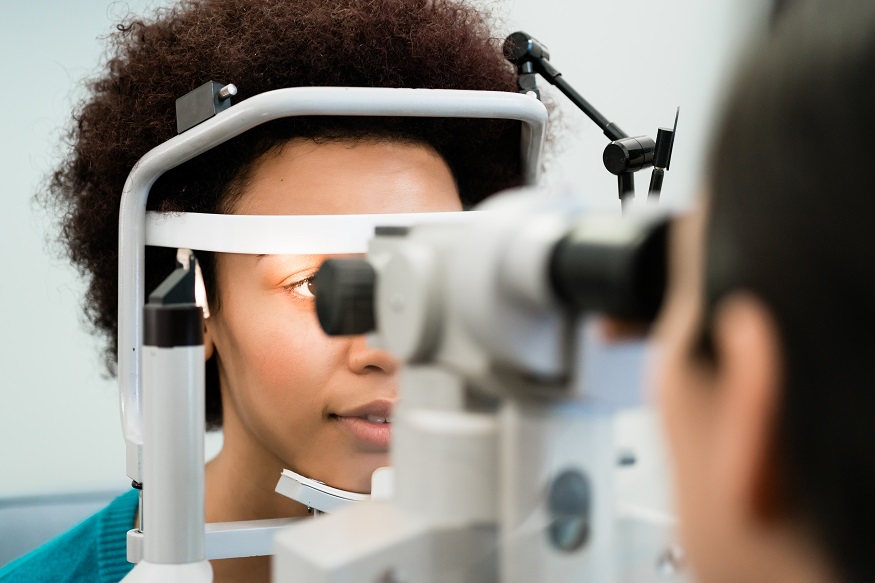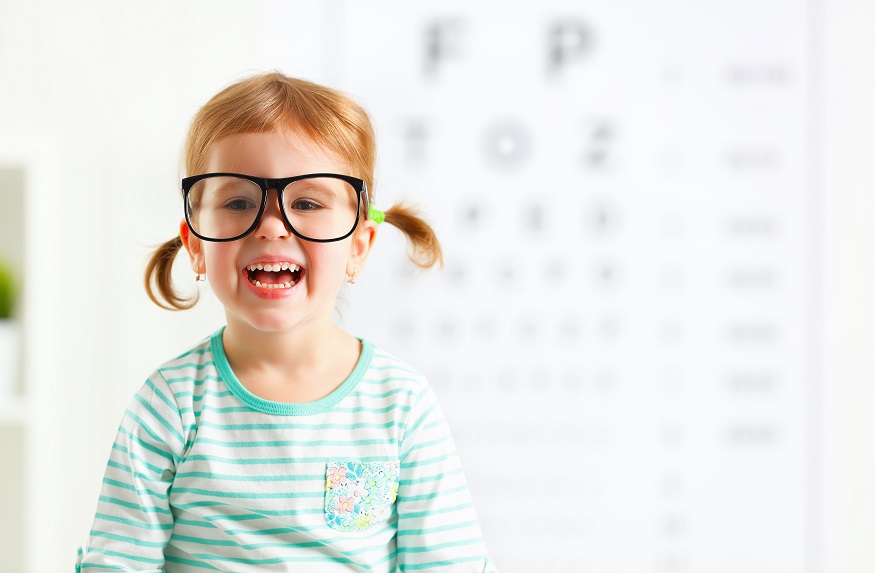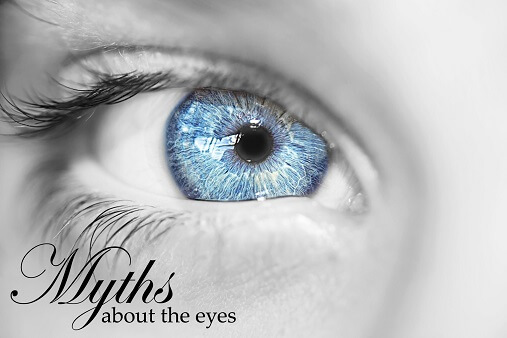Millions of people like the thrill of gripping plot twists, the eagerness to read the next chapter and the challenges of finishing a book. It can be a way to dive into the world of imagination for avid readers. Reading can be an intensive experience for the eyes. There are thousands of eye care myths that link reading to poor eyesight.
Although there is not enough evidence to prove that prolonged reading can adversely affect your eyesight, it can still cause eye fatigue. Reading can have positive and negative effects on eye health, depending on factors such as lighting, duration, posture, and eye conditions.
How reading can impact your eyes?
- Eye strain: extended periods of reading, especially on digital screens, can lead to eye strain or computer vision syndrome. Symptoms include dry eyes, headaches, blurred vision, and neck or shoulder pain. Take our quick dry eyes quiz to identify early symptoms.
- Myopia (nearsightedness): There is a correlation between extensive near reading, and the development of myopia, especially in children. As per a recent study, reading on digital screens can increase the risk of myopia by 30%. Read our guide to myopia for more information.
- Lighting: reading in dim light can strain the eyes as they work harder to focus. On the other hand, excessively bright light can cause glare and discomfort. Optimal lighting conditions are essential for reducing eye strain during reading.
- Proper posture: poor posture while reading, such as slouching or holding a book too close, can strain not only the eyes but also the neck, shoulders, and back. Maintaining an ergonomic reading position (feet flat on the floor) can help relieve any kind of discomfort.
- Regular eye exams: according to Tina Patel, a qualified optician at Feel Good Contacts, routine eye exams are crucial for maintaining good eye health. An eye care professional can detect any underlying issues early on and provide appropriate interventions or corrective measures.
How to take care of your eyes daily if you are a bookworm?
Ensure that you read in a well-lit room as it reduces the amount of strain caused by low lighting. Reading near a lamp is a great idea as it ensures that you can see clearly. Here are more eye care tips to avoid eye strain-
- Choosing the right books- you should select books with larger fonts and good contrast between text and background. In the case of digital books, adjust the font size, brightness, and contrast settings for optimal comfort.
- Taking frequent breaks - follow the 20-20-20 rule: every 20 minutes, take a 20-second break and look at something 20 feet away to give your eyes a rest.
- Drinking plenty of water- stay hydrated while reading to prevent dry eyes. Consider using our lubricating eye drops if your eyes feel dry or irritated.
- Incorporating eye exercises - rotate your eyes in circles, focus on near and distant objects, and take breaks to close your eyes and relax. This helps to strengthen your eye muscles and improve focus.
- Blinking - it helps to refresh your eyes and prevent dryness. Make a conscious effort to blink regularly while reading, especially when focusing on the text.
While reading is generally beneficial for cognitive development and relaxation, it's essential to be mindful of proper reading habits and environmental factors to minimise the risk of eye strain and other related issues. By incorporating these tips into your reading habits, you can enjoy your favourite books without straining your eyes.




















































